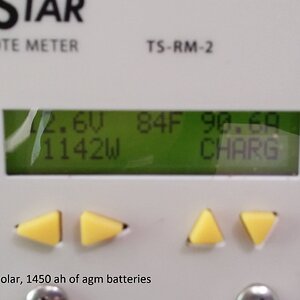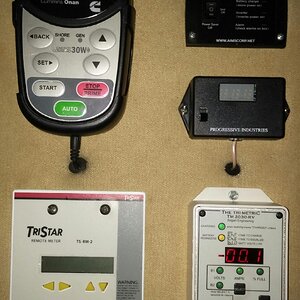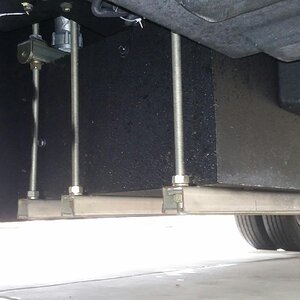I just checked my diesel laptops tool while sitting here at Gaffney awaiting service tomorrow. My data stream soot threshold is 79%. Not sure what that means. Is that some level at which a regen will occur or is that my current level? And is this out of 200%? Still trying to learn when and if I should do a parked regen.
Ive been saying parked and forced regens are the same thing up until a couple months ago when I discerned a slight difference. I now understand that parked regens are when the rig is calling for it (HEST and/or the DPF lamps lit), perhaps because you’ve interrupted an active regen, or maybe just because the soot level has built up to that point. If you are a trucker you park and flip the switch on the dash and regen away, but since we RV’ers can’t be trusted with such conveniences we would have to resort to the shorting plug. Forced regens occur when you use some external device such as the DLHH or any other adjunct that can initiate a regen through the J1939 connection whether it says it need it or not.
So. Since your’e at 79% soot load (yes out of 200% as I understand it) but you aren’t getting the audible “ding” or any indicator lights (HEST, DPF lamp, etc) on the dash, you’d have to do a forced regen to clean it out, which is fine because you can. And if I noticed I was at 79% I would do it too.
According to the cognescenti over at OTR you can’t hurt anything by doing non-demanded regens early and often, and in fact the more the better. For truckers they suggest monthly forced regens. I put it on my calendar as a monthly reminder, but when I’m not driving much I obviously dont bother. And even when I am driving a lot, if the majority of my driving is freeway (highway, four lane whatever) I still don't bother. But if I drive a lot of back roads (which I prefer) or end up driving through a lot of towns resulting in a lot or stop and go driving, I do my forced regens periodically.
So in your case Neal, I’d do a forced regen. Turn that soot into ash and keep your DPF happy and healthy. I don’t like waiting until the ECM demands it because then you are under a time constraint to get it done before you start down the derate path, which is never fun.












